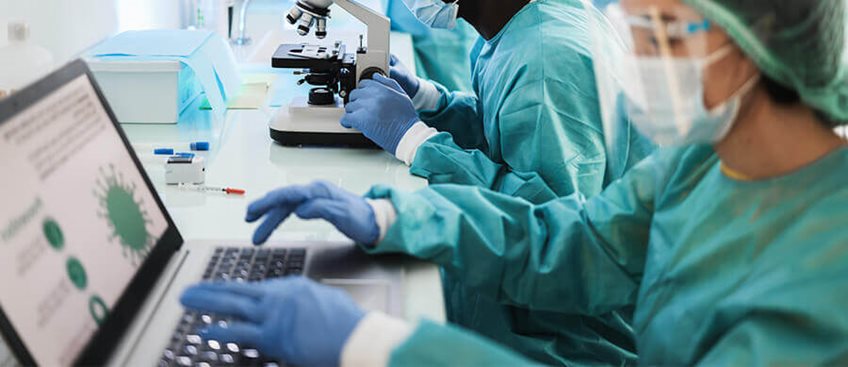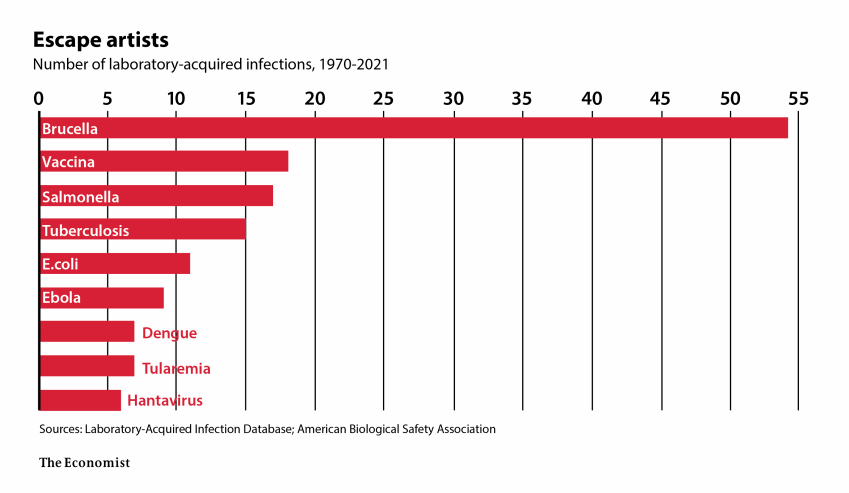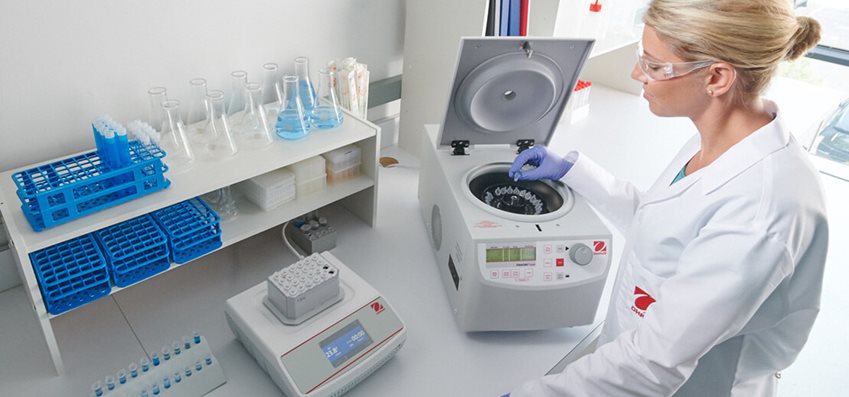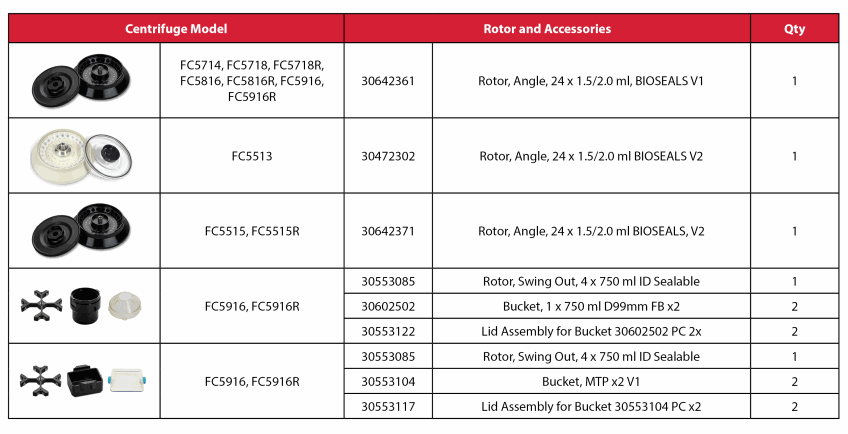When the centrifuge emerged a hundred-and-fifty years ago as a nifty new way to separate cream from milk, nobody worried about lab leaks. Times change. The
centrifuge has become a workhorse in life-science investigations. A calamitous pandemic has killed more than six million people worldwide. Worries over potential lab leaks are now alive in the public consciousness. And modern
centrifuge designs go to great lengths to ensure the safety of those who work with them.
So it’s worth taking a closer look at this ubiquitous engine of bio-research. And we’ll dwell on one particular feature that’s of utmost importance in ensuring safe operation. That feature is the sealing technology that can block the escape of even a molecule of pathogenic material.
Let’s also remind ourselves of some of the more serious mishaps that have occurred in recent decades. We can start with the ‘Russian flu’ influenza pandemic of 1977, which killed an estimated 700,000 people – an outbreak that was likely caused by a lab leak in north-east Asia.
Another was in 1994 in New Haven, Connecticut, though luckily with no fatalities. A research scientist working in the BLS-3 facility at the Yale University School of Medicine fell ill with an unusual hemorrhagic fever. It was two weeks after a test tube containing a Sabia arenavirus culture shattered while the researcher was using a
centrifuge.

Until then, the Sabia arenavirus had been found only in the South American tropics. So the infection popping up in Connecticut set off alarms. The researcher was treated and recovered, while the incident resulted in a number of new practices and procedures added to Yale’s bio-safety protocols.
Then the new millennium opened, and one major pathogenic event after another occurred in seemingly rapid succession. In 2002-2003 there was the SARS virus (a cousin of what would later cause Covid-19). A little later it was the H5N1 avian influenza, and a few years after that the swine flu. Then came the Ebola outbreak in 2014, followed by MERS in 2015. All just a prelude to The Big One – Covid-19, followed by variants like Omicron and others.
Alarmingly, epidemics of Lassa fever and Dengue fever also were reported on social media during this period. Even though those outbreaks turned out to be confined largely to certain countries in Africa, the reports amplified the public’s unease about what may be happening in all these bio-research facilities around the world.

Mpox—an entirely different scare—popped up in 2022. But after a string of alarming news reports, the idea that mpox might become a widespread epidemic died down quickly.
Given all that pathogenic notoriety in a relatively short span of time, it’s no wonder that the need to tighten lab bio-safety is considered urgent. But there can be no diminution of lab work. New diseases demand new antibiotics, for example, and since microbes are always evolving and mutating, rising antibiotic resistance is a never-ending challenge.
As if to emphasize the point, the American Biological Safety Association has done a deep dive into the data on known lab leaks and correlating it with the specific pathogens involved, going back 50 years. See the chart:

Now, turning our attention to specific machines
, we can take as examples
a line of lab centrifuges from the OHAUS Corporation. Designed in Germany, they fairly represent the state-of-the-art in the industry today.
These machines are particularly well attuned to the threat of airborne pathogens, which of course are especially hazardous in closed spaces. Centrifugation, like any lab process such as blending, mixing, grinding, shaking, stirring, or sonicating, can send pathogens into the air, so strict safeguards need to be built into the design.

Especially with high-speed centrifugation, there is greater risk that aerosols can be generated and escape if a tube is uncapped or breaks, for example, or the rotor lid is not Biosealed (the term that OHAUS uses for its sealing technology). Most models of
OHAUS’s Frontier™ 5000 Series centrifuges offer bio-containment accessories such as Bioseal Angle rotors for micro tubes and Bioseal buckets used with Swing out rotors for larger sample volumes.
Before reaching the market, the OHAUS Bioseal rotors were submitted for rigorous testing by the German Institute for Standardization (DIN), then
won certification as meeting the pertinent international standard, DIN EN 61010-2-020:03-2007.
Such assurance is important because the microbiologists, life scientists, and other professionals performing critical procedures in the laboratory—especially at the BSL-3 and BSL-4 levels—are regularly putting themselves up close to potentially dangerous microbes. They do so for the benefit of the general public, and for that they deserve great respect. The safety and reliability of their equipment should be the least of their concerns.
That said, no discussion of bio-safety in the lab can ever neglect the human factor. This is why international organizations as well as local associations and industry-leading manufacturers all aim to raise awareness of good standards and laboratory practices for improving safety. Mistakes are inevitable in any human endeavor, of course, but they can be made as rare as possible with frequent reminders. And the most obvious ones in the case of laboratory
centrifuges are:
- Being sure the rotor lid is properly secured.
- Not overloading the rotor.
- Being sure that buckets are hooked correctly and able to swing freely.
- Not spinning up a swinging-bucket rotor with missing buckets.
- Being sure that centrifuge tubes are sufficiently balanced in the rotor.
If you are looking for Bioseal solution, please check below table to find the best solution for you:
